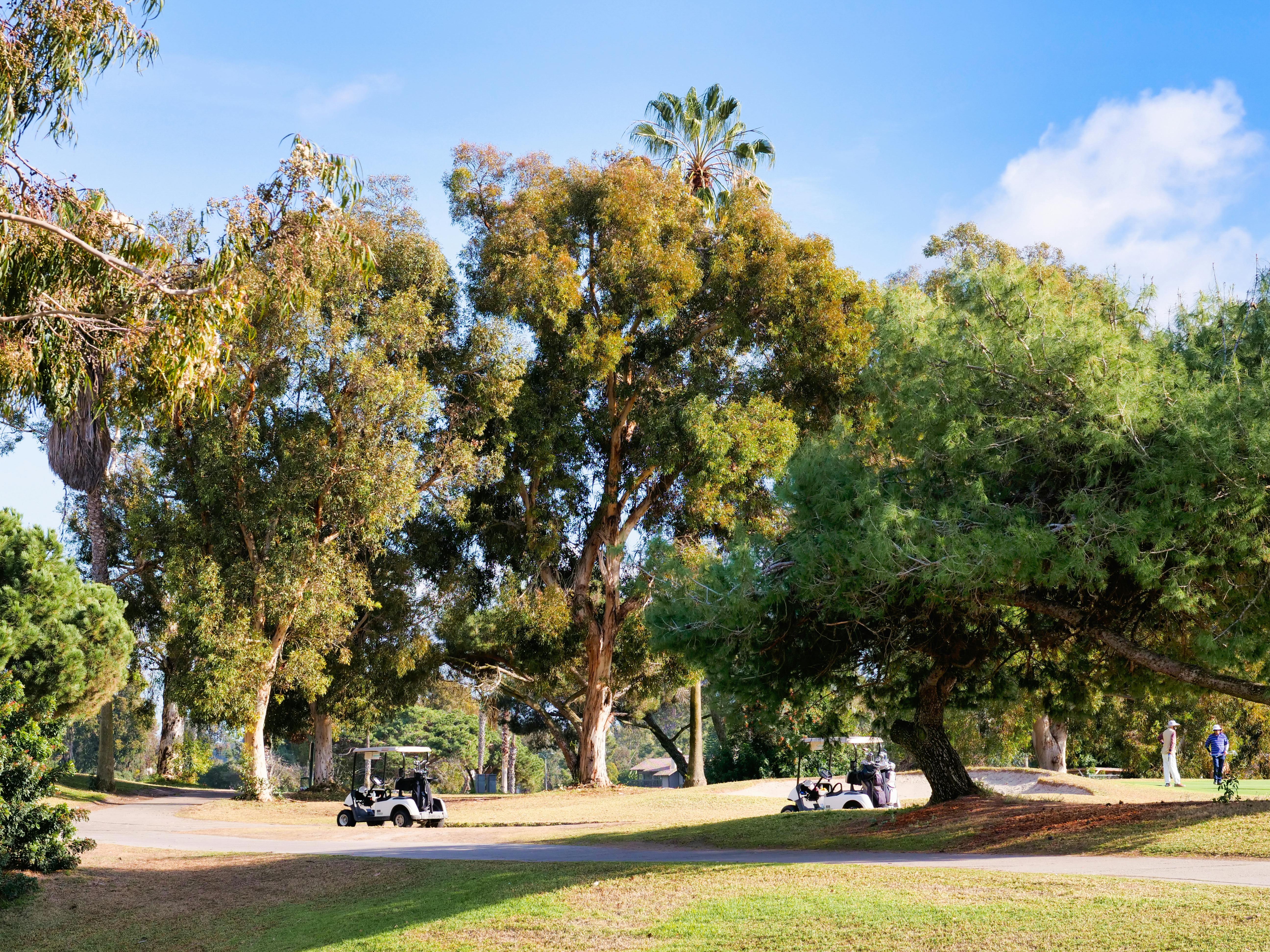The name of the cookie is derived from the Dutch word. koekje. The British call them cookies, originating from Latin bis coctum (sounds a bit risky) and translates to “twice baked”. (Not to be confused with “medium baked”). Historians of food seem to agree that cookies, or small cakes, were first used to test the temperature of an oven. A small spoonful of dough was dropped onto a baking sheet and placed in the hearth oven. If it worked out, the heat was ready for all the cake or bread. Bakers and chefs used this method for centuries, usually tossing out the test cake, until they finally realized that something was missing.
Alexander the Great’s army adopted a crude biscuit shape in his many campaigns, gobbling them up as a quick spur after rampaging and looting cities in their wake, around 327 BC. C. As they were adopted by much of Europe, there are numerous documents that refer to what are now our modern cookies (but not Oreos). Fast forward to the 7th century. The Persians (now Iranians) cultivated sugar and began creating biscuit-like cakes and sweets. The Chinese, always trying to be the first at the party, used honey and baked small cakes over an open fire in pots and small ovens. In the 16th century they created the almond cookie, sometimes replacing it with abundant walnuts. Asian immigrants brought these cookies to the New World and joined our growing list of popular variations.
From the Middle East and the Mediterranean, this newly discovered concoction made its way to Spain during the Crusades and as the spice trade increased, thanks to explorers like Marco Polo, new and tasty versions were developed alongside new baking techniques. Once it arrived in France, we know that French bakers loved cakes and desserts. Cookies were added to their growing repertoire and by the end of the 14th century, small stuffed wafers could be bought on the streets of Paris. The recipes began to appear in Renaissance cookbooks. Most were simple creations made with butter or lard, honey or molasses, to which nuts and raisins were sometimes added. But when it comes to food, simple isn’t in French, which is why their excellent pastry chefs raised the bar with muffins, macaroni, lollipops, and meringue topping the list.
Cookies (actually hard cookies) became the perfect travel food, because they stayed fresh for long periods of time. For centuries, a “ship cracker”, described by some as having an iron-like texture, was on board any ship leaving port because it could last the entire voyage. (I wish you had strong teeth that would last too.)
It was natural that the first English, Scottish and Dutch immigrants brought the first cookies to the United States. Our simple shortbread cookies look a lot like English tea cakes and Scottish shortbread cookies. Colonial housewives prided themselves on their cookies, which were first called “basic cakes.” After all, the British had enjoyed afternoon tea with cookies and cakes for centuries. In early American cookbooks, cookies were relegated to the cake section and called Plunkets, Jumbles, and Cry Babies. All three were your basic sugar or molasses cookies, but no one seems to know where those names originated. Certainly not to be left out of the mix, gastronomic president Thomas Jefferson served hearty cookies and tea cakes to his guests, both at Monticello and at the White House. Although he was a fan of ice cream and pudding himself, he enjoyed treating and impressing his guests with a wide variety of sweets. Later presidents counted cookies as their favorite desserts, including Teddy Roosevelt, who loved Fat Rascals (would I make it up?), And James Monroe, who had a yen for Cry Babies. Despite their unusual names, these first two recipes are molasses cookies, with candied fruits, raisins, and nuts. They’re still out there, we just don’t call them that anymore.
The brownies came out in a rather unusual way. In 1897, the Sears catalog, Roebuck sold the first brownie mix, introducing Americans to one of their favorite bar cookies. Although most cooks still baked their own treats, they adapted the recipe with variations of nuts and flavorings. And let’s not forget Girl Scout Cookies, an American tradition since 1917, which racks in more than $ 776 million in annual sales.
Americans buy more than $ 7.2 billion worth of cookies a year, clearly indicating a Cookie Monster nation. According to Best Ever Cookie Collection, this is how the top trademarks compare:
1. Nabisco Oreo
2. Nabisco Chips Ahoy
3. Nabisco Oreo Double Stuff
4. Pepperidge Farm Milano
5. Private label chocolate chip
6. Little Debbie Nutty Bar
7. Little Debbie Oatmeal Cream
8. Nabisco Chips Ahoy Chewy
9. Nabisco Nilla Vanilla Wafers
10. Private Label Sandwich Cookies
Who could have predicted the great popularity of the Oreo cookie, introduced in 1912 by the Nabisco Baking Company? Or the humble beginnings of the 1937 Toll House cookie at a local Northeast restaurant. The United States leads the world in cookie production and consumption, spending more than $ 675 million annually on Oreos alone. Toll House cookies occupy a close place, both packaged and homemade. Most of us have our favorite, whether it’s chocolate chip, raisin oatmeal, sugar, or good old Fig Newtons. Who needs afternoon tea? Americans eat them 24 hours a day, 7 days a week.




